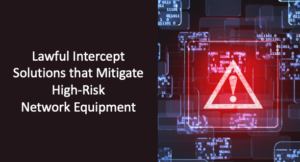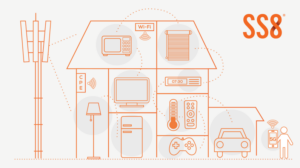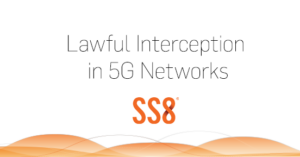
Understanding 5G Standards for Lawful Intercept
5G is the most exciting new technology when it comes to wireless communications. Just like when 4G/LTE enabled many application developments that changed the way
In the coming years, AI is expected to dramatically accelerate the evolution of lawful intelligence, giving law enforcement agencies (LEAs) the ability to efficiently draw insight from data at unprecedented
Quantum Computing may enable communications that do not travel across a network in the conventional sense and endanger traditional encryption methods, carrying critical implications for lawful intelligence.
Preventing illicit trafficking is a daunting task for border security agencies. AI-powered Computer Vision and location intelligence enhance security, reduce costs, and close surveillance gaps.
Effective lawful intelligence solutions do more than just ingest and analyze data. They build evidential narratives compelling enough for court that are backed by a fully auditable chain of custody.
Encryption and OTT apps limit the value of lawful eavesdropping tools like wiretaps, but mobile networks offer a powerful engine for new insights: real-time geographical awareness using high-accuracy location.

5G is the most exciting new technology when it comes to wireless communications. Just like when 4G/LTE enabled many application developments that changed the way

In March of 2018 U.S. Congress passed the CLOUD Act, which addressed a growing issue for domestic and international law enforcement, Internet service operators (such

“High-Risk” Providers Recently, we’ve heard a lot about “high-risk” network equipment providers and their potential security vulnerabilities. There is a fear they may be used

Communications have shifted from traditional (voice, email and SMS offered by telecom operators) to encrypted, over-the-top (OTT) applications. Which unfortunately leaves law enforcement agencies (LEAs)

As bandwidth increases by up to 100x in the next 24 months, law enforcement agencies (LEAs) may find it difficult to manage the amount of

With 5G here, will 4G networks be going away? 5G is here. It’s being rolled out in countries around the world. You may have started

As telecom operators plan their rollout of the fifth generation (5G) of network services, two distinct services have emerged, mobile and fixed wireless access (or

5G Brings on new challenges for regulatory compliance. SS8 is leading in 5G Lawful Interception (LI) mediation, with the 1st 5G deployment in production. We are

Do not be left behind! The transition to 5G networks by wireless network providers will radically increase the number of new high bandwidth applications and

I was reading an article in the most recent issue of Science News that focused on the need for analyzing cellular phone communications by criminals.
THE DATA SILO DILEMMA FOR LAW ENFORCEMENT
How to Ingest, Filter and Query 5G Volumes
Webinar Presented by Kevin McTiernan